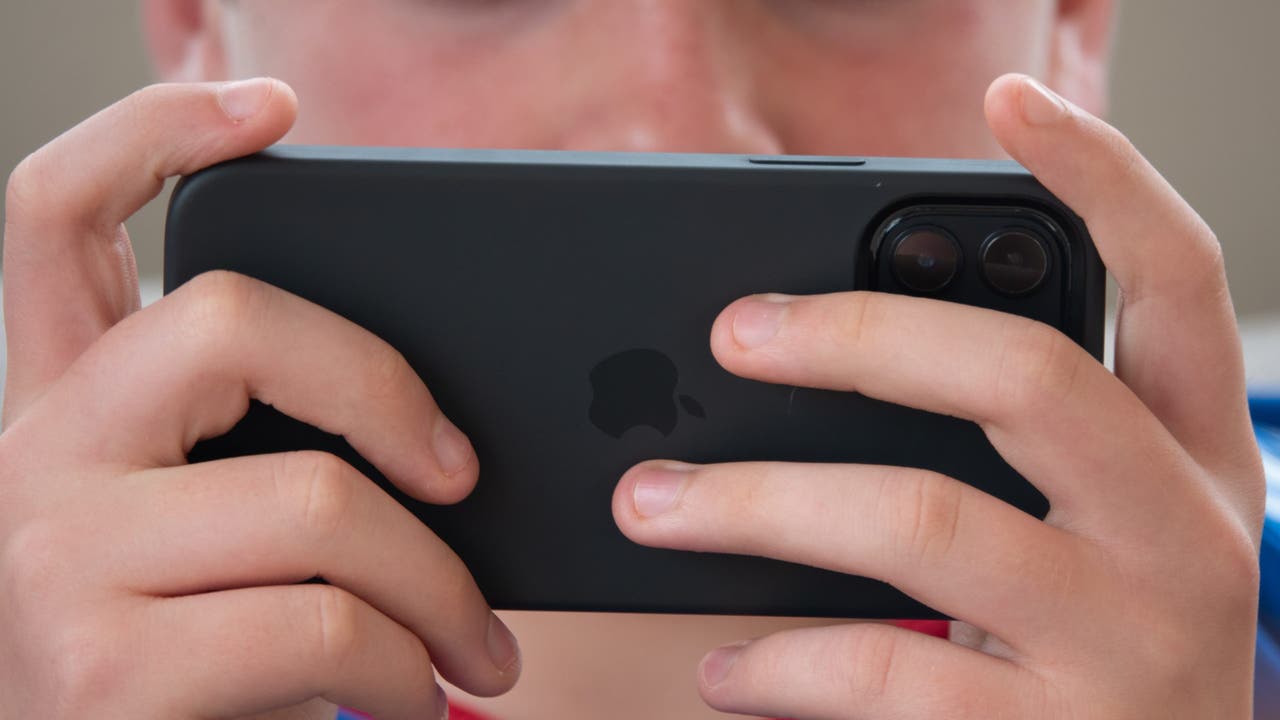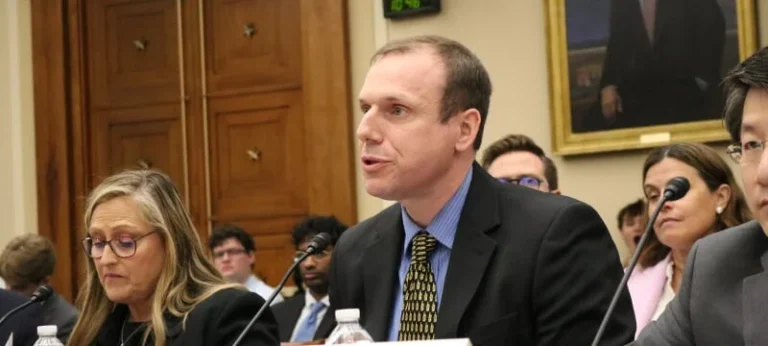Michigan Lawmakers Debating on Cell Phones in School: New Rules May Soon Reshape Classrooms
The battle regarding whether or not Michigan schools are permitted to bring cell phones to school is gaining momentum, and the legislature is taking seriously bills crossing state lines that could redefine students’ connection to phones during school. Momentum for the change has been building over a couple of years at least but particularly since Governor Gretchen Whitmer urged bipartisan work within the issue in her State of the State address. Her bill now turned legislative gears, the issue being House Bill 4141.
What’s the Issue?
Michigan’s House Education and Workforce Committee heard testimony Wednesday on cell phone bans in public schools. The bill pending – Sponsored by Rochester Hills Rep. Mark Tisdel would establish a clear, official district policy on whether and under what circumstances wireless technology such as smartphones can be used.
The objective? To get rid of classroom distractions that cell phones introduce, particularly among the young crowd. Legislators are realizing that the application of technology in the classroom has become more than just a matter of learning—now it’s affecting attention span, socialization, and even student conduct.
What the Bill Provides
House Bill 4141 provides a multi-layered strategy based on the age and level of the students:
- Kindergarten through 5th Grade: Absolutely no students whatsoever would ever be permitted to bring wireless communication devices onto school property whatsoever. That is right no cell phones in school during school hours, period.
- 6th through 8th Grade: Students may possibly be permitted to bring cell phones to school but prohibited from using them during high-priority time such as instructional time, break time, lunch time, or recess time.
- 9th to 12th Grade: Teens could have phones but would be prohibited in school.
The bill provides districts with a little room for maneuvering to have even more restrictive policies if they want. That is, some schools can make the prohibition on phone usage as more general if they feel it is warranted in their school community.
Support from Schools and Teachers
A number of educators and school officials support the bill. Educators and researchers presented oral testimonies during the hearing before the committee regarding cell phone use concerns—starting in the lower grades going up to escalating behavior problems.
One such remarkably successful example was Avondale Middle School in Auburn Hills, which went no-phone two years ago. “It was revolutionary,” promised Dr. Katie Gomez, the principal. Rather than squandering time grappling with kids around phones, teachers have more time to teach. And the kids? They’re communicating with each other again—person-to-person, the way nature designed it.
Not only did school fights decrease by two-thirds, but student achievement overall improved, Dr. Gomez said. The policy forces students to put their phones in a locked pouch at the beginning of the school day. The pouch isn’t opened until the last bell rings—breaking the temptation to glance at texts or social media during class.
When the assistant superintendent came by, they were amazed at how noisy the school was—but not due to pandemonium. The children were just hanging out with each other again. “It was just middle schoolers learning how to be people together,” Dr. Gomez explained.
Challenges and Next Steps
Of course, nobody is in step at this time. There are some who believe that phones do have a legitimate use, such as to allow students to be in touch with parents or access learning software. They do not agree, however, that the majority of functions necessitated can be achieved by school equipment or other methods of communication.
The bill has a long way to go before it even makes it to paper. It was introduced on the 26th of February and is being hurried through committee. Then, it must go through a full House, hurried through the Democrat-led Senate, and signed by Governor Whitmer before it becomes law.
Whitmer said she’d embrace it as a bipartisan win. She’s encouraging Democrats and Republicans to come together and negotiate how to do more and more of what increasingly more are seeing as increasingly a matter of education. “We need common sense,” she went on during her State of the State address, “not just common complaints.”
A Broader Trend?
Michigan is at the hub of a burgeoning national and really global dialogue about digital distraction in classrooms. Districts around the country are attempting to figure out the best way to handle cell phone use. France and others have already strictly banned them on elementary and middle school levels.
And as growing proof of cell phone usage’s connection to mental illness, cyberbullying, and poor grades continues to mount, Michigan legislators appear to be leading a wider trend away from allowing technology in the classroom.
It’s not about banning phones but about taking back classroom space to learn, to discuss, and to develop. It’s about taking back power from teachers, removing distraction, and offering students autonomy to concentrate—not necessarily on homework but on social and emotional development that will serve them beyond the school gates.
Regardless of whether or not House Bill 4141 passes, this is one thing that is certain: the long-standing question of whether and to what extent cell phones belong in Michigan classrooms remains very much a mystery. As more and more state legislators and schools chime in, the state will lead the country in how its education systems address this 21st-century dilemma.







